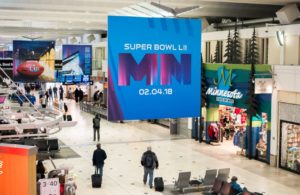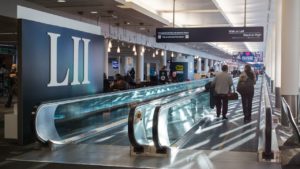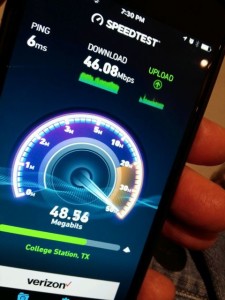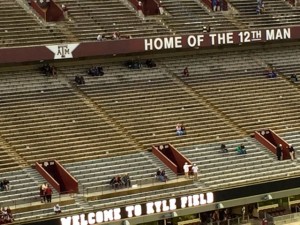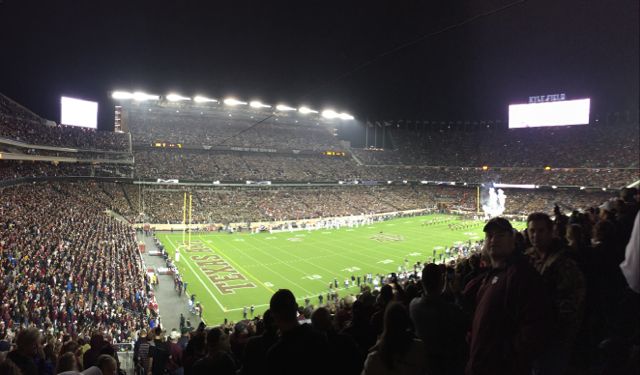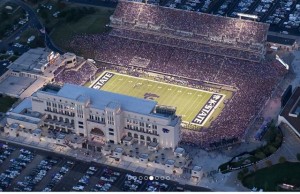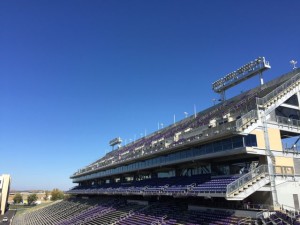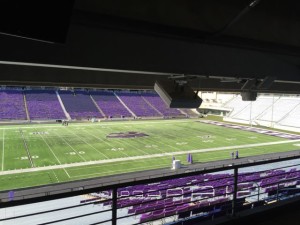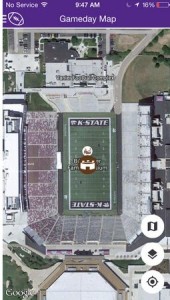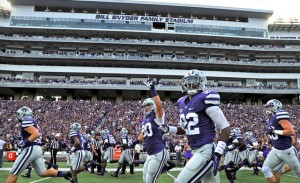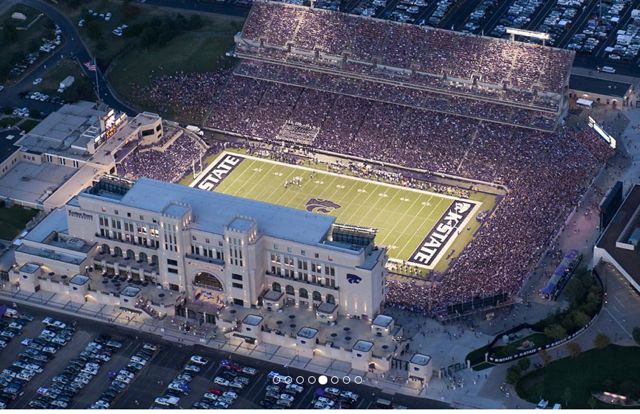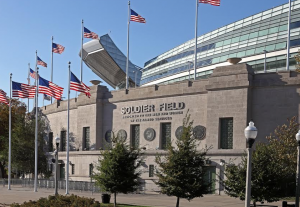Even though its regulatory status is still uncertain, the untapped promise of the spectrum band known as CBRS is already spurring public technology trials, including one announced by Boingo Wireless today that will be used to test back-of-house business applications at Love Field airport in Dallas.
CBRS, also known as Citizens Broadband Radio Service, is the acronym shorthand for a 150 MHz-wide swath of wireless spectrum at the 3.5 GHz range that can support communications using the LTE standard. While the final rules for CBRS use in the United States are still pending final FCC approval, the expected availability of the spectrum sometime soon has service providers, gear vendors and other interested parties scrambling to get the technology up and running to kick the tires ahead of any commercial offerings. Like Wi-Fi, the CBRS spectrum will essentially be free to use, making it an potentially attractive space for providers of wireless services to large public venues and stadiums.
In Boingo’s case, what’s different about its trial is that it has partnered with the tech team at Love Field not to offer any services airport travelers might notice, but instead mainly to “push the envelope” on CBRS networking, according to Derek Peterson, Boingo’s chief technology officer.
With FCC permission to test devices in the CBRS spectrum, Boingo and the Love Field team are “taking advantage of [the test approval] to get used to CBRS, to take a first stab at it,” said Peterson in a phone interview.
Though widespread support for the radio chips necessary to connect via 3.5 GHz bandwidth is not yet available, Peterson said Boingo was able to find a mix of phones, dongles and other devices to be able to start playing around with the spectrum in a live environment. Verizon, one of the wireless carriers aggressively pursuing CBRS, has publicly said it expects to see CBRS-capable devices out before the end of the calendar year.
